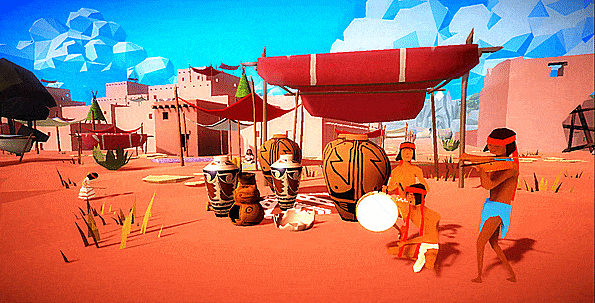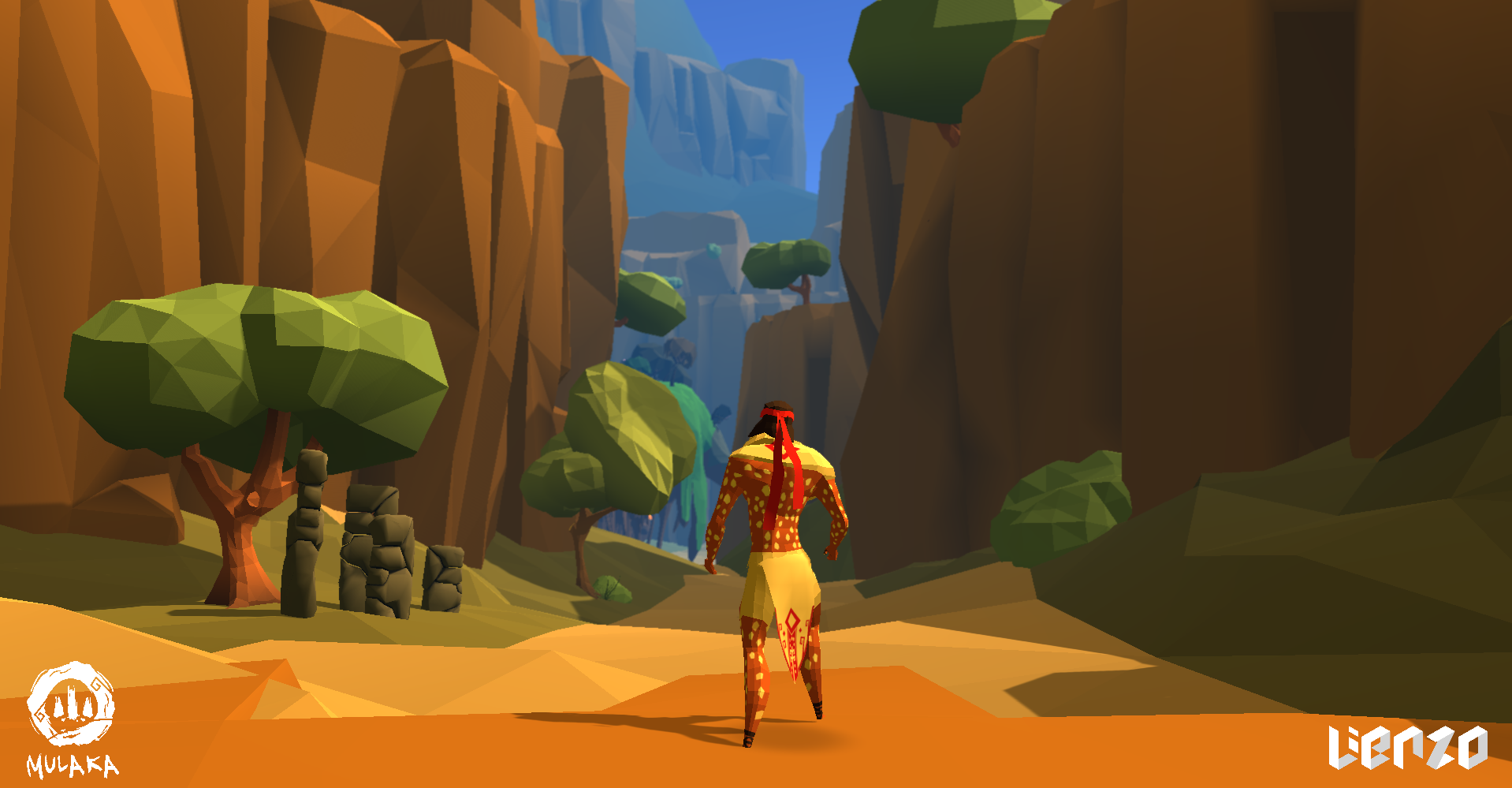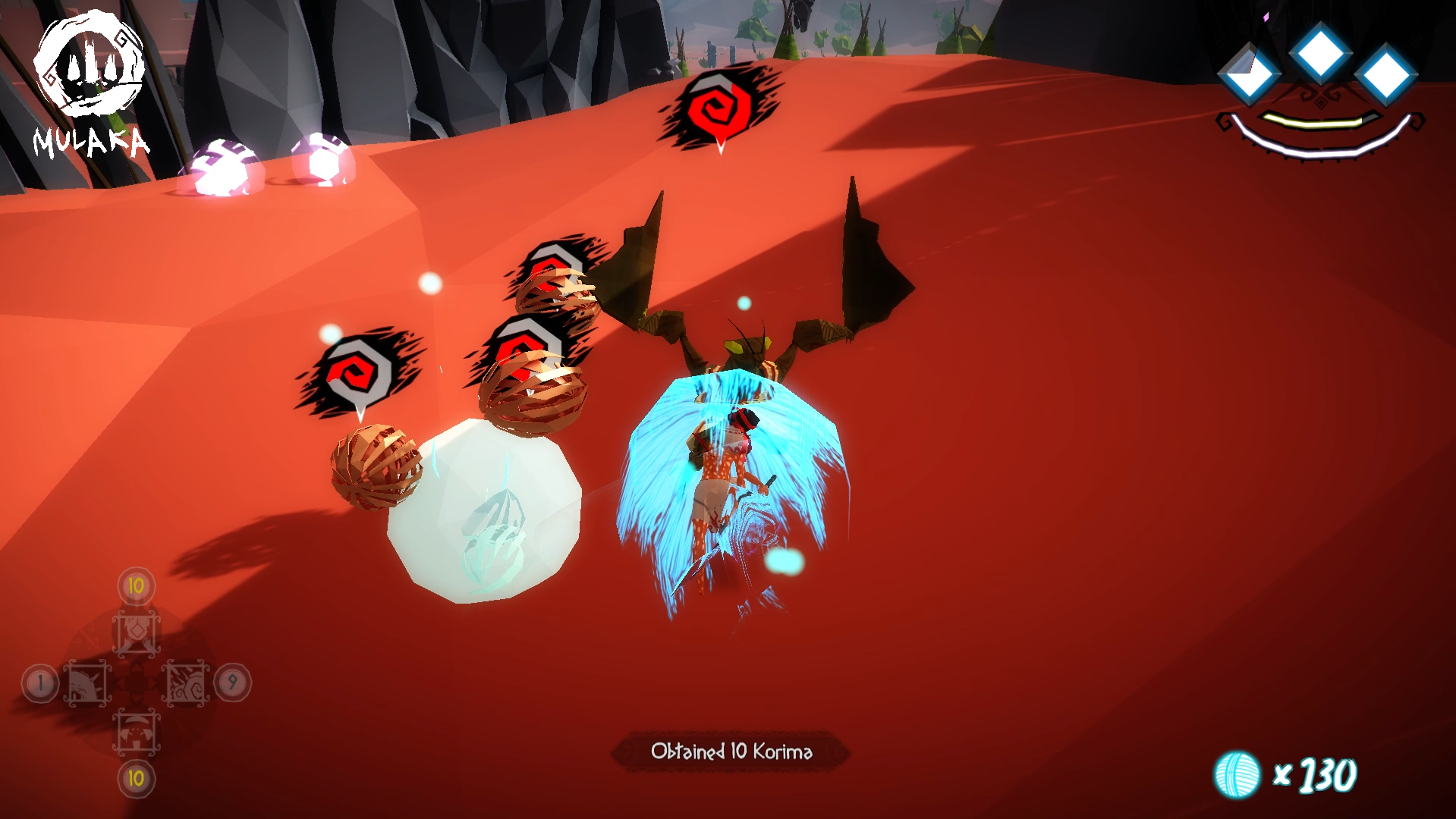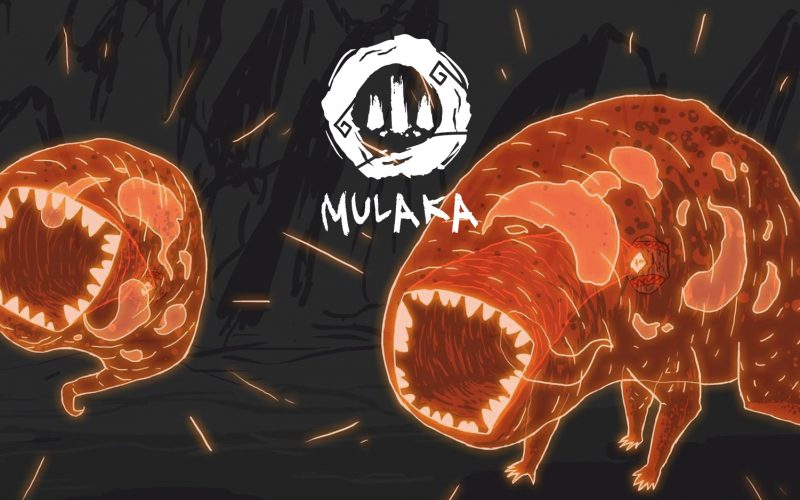When I first saw Mulaka at the nindie showcase, I felt my heart fill with pride. The Mexican culture is so rich and criminally underrepresented, that when I heard there was going to be a game based on the native Mexican tribe of the Tarahumaras, I was immediately captivated by the idea. Game design in Mexico is not as prominent in other regions, so having a fellow Mexican studio win a spot at the nindie showcase was a monumental achievement for our country. Everything about the game seemed to be setup for success: the rich lore, the passion of the people, the way tradition lends itself for a fine Zelda-like/Darksiders type of adventure and even the release date with no major AAA titles launching that week. The end result is a game that is fun, but at the same time very rough around the edges.
Developer: Lienzo
Platform: Nintendo Switch
Release date: March 1st, 2018
Price: $19.98
Mulaka is a 3D action/adventure game. You play as Mulaka, a sukurúame, who is on a journey to save his people from the end of the world. The story, the setting and even the demi-gods are all taken from the Tarahumara lore. In case you haven’t read about them, I encourage to read about the Tarahumaras, as their story and traditions are very interesting, especially if you haven’t been exposed to it before.
Rich lore aside, the game plays like your standard 3D platforming adventure game. Think about games like Darksiders 2 and Ocarina of Time. The game has you exploring worlds on a quest to get the blessing of the demi-gods, while acquiring powerups that will let you progress even further. You will also gain abilities that will enhance your combat prowess, or you can even use the in-game curency, the “korima”. Going back to my previous comparison, I’d put this game much closer to Darksiders 2 than Ocarina of Time because of how huge of a role mobility plays in this game. Perhaps one of the things that stood out to me the most is how much each new ability opens the previous maps, the upgrades never feel meaningless, but are also obvious enough that you know which sections from previous worlds will now be accessible.

The game is played in self-contained worlds. These worlds are unlocked when you clear the previous one, giving the game a sense of open world sandbox gaming coupled with well established stage progression. This ensures that you are never on a level where you absolutely cannot progress, while also giving you hints about what upgrade you will unlock on that level. Each level also offers completely optional “collectibles”. While exploring each level you might find souls using your sukurúame vision or objects which shed light into Tarahumara legends. As you might expect they are not easy to find, and encourage you to re-visit each level at later stages of the game to go for 100% completion.
One of the most beautiful aspects of the game are the visuals and art direction. The game has a mixture or colorful settings with low-poly models which highlight the beauty of the native worlds. But what I loved the most was the way the characters were displayed. Sporting also a low-poly style with minor decorations, the characters look like works of art. If you have ever visited Mexico and gone to a local art store, then you have seen that the people look EXACTLY like they look in the sculptures. Might sound like something minor, but definitely adds up to the list of things Mulaka did right in regards to honoring the Tarahumaras.

An interesting mechanic that is in the game is the sukurúame vision. Think of it like an upgraded lens of truth, using it will let you see things that are not visible to the naked eye like lost souls, the enemy HP or even some hidden platforms. For the most part using the sukurúame vision is not required, but there are certain sections that can only be cleared if you are using it. The sukurúame vision also doubles up as a sort of “compass” that points relevant elements of a level, such as keystones, item jars or even unknown items. In a world where it is very easy to get lost, having a compass is always handy.
Each level offers a mixture of platforming, puzzles and combat. In order to progress to the next level, you must find 3 keystones that let you advance to the “boss” area. These keystones are hidden throughout the level, and require you to reach a certain point, solve some puzzles or fight some enemies. Fortunately, if you are feeling lost, you can always turn on your sukurúame vision and get an idea of where the next keystone is going to be. It doesn’t actually point the exact location of the keystone though, at most you will get the distance and direction. Finding the keystones always feels exciting, especially when you find the last one and know the boss is waiting for you.

Mulaka has all the right ideas for a game, but unfortunately it tries to do so many things that it ends up failing at several of them. Platforming in the game works on flat environments, but it feels really clunky on several of its multi-layered levels. The best way I can put it, is that it doesn’t feel like Mulaka has an appropriate weight or gravity, sometimes you will feel floaty while other times you will just fall straight down. Another common occurrence you will stumble upon is trying to go up a slope, only to find Mulaka repeatedly sliding down. It might sound like nit-picking if you only played the earlier levels, but on the later stages of the game where you have to do more tricky platforming, you will struggle with this not-so-clear distinction between slopes you can climb vs those you can’t. These flaw becomes particularly noticeable on the Shadow of the Colossus boss sequence.
Combat, while being quite simple, also feels like an afterthought to the game. The most obvious thing it is lacking is a proper lock-on system. While in battle you can do light attacks, heavy attacks, use items or dodge. Each light or heavy strike moves you slightly forward, and when I say forward I don’t mean towards the enemy, I do mean straight forward. This create an awkward feeling when fighting several, or even one, enemies, because after a couple of hits in a combo, Mulaka will have advanced so much on its own that you will be way past the enemy attacking the thin air. The same issue happens with dodging. Not being able to properly focus the enemies takes away so much from the combat, that it just feels like your best bet is to hit a direction and hope it damages the most enemies before going out of position. Auto correcting your character’s direction is something we take for granted in most games, but when it’s missing, its absence is definitely felt.

The camera controls are also a double-edged sword. You have complete control over the direction the camera is facing by using the right stick. When I say you have complete control, I also mean that it is 100% up to you. The game never corrects your camera angle, not when going up down slopes, not when falling to the water and respawning, it never does. This might be personal preference, but at least adjusting the camera ever so slightly when going up hill can do so much as far as quality of life improvements go.
Speaking of quality of life improvements, there are 2 notable ones which I’d like to see and they are a map and a status screen. One of my complaints about each world is that they don’t feel like they are varied enough. I can appreciate the lack of a map when a game encourages exploration, but while traversing the maps on Mulaka you might find yourself in a hill with many trees, which isn’t much different from the other hill with many trees on the other side of the map. What I mean by this is that each place doesn’t feel unique enough to give a sense of orientation to the player. Think about Breath of the Wild, the games does have a map, but even if it didn’t you immediately recognize a mountain you have climbed, a forest you’ve been to or even a ruined city you might have passed by in the past. The most important aspect of exploration is knowing where you are and where you have been.
For those who care about performance, the game seemed to run ok on the Switch in both handheld and docked mode. I haven’t had a chance to test other platforms, but from the video footage of youtube videos and several streams it does seem to run on a lower frame rate on the switch. This is a conclusion I have arrived to by observation, so don’t take it as a 100% truth but rather as a precaution if you like your frames.
Overall I think Mulaka is a fine game, it has very good thematic inspirations and the correct idea with the gameplay formula it followed. I have always been a fan of 3D adventure games and I thoroughly enjoyed most of my time with Mulaka, however I do think it has a lot of room for improvement and I would definitely like to see the game updated to address these issues. I think Mulaka can become a solid addition to the switch library with some tweaking, so my veredict would be to wait for an update to try it out. It doesn’t mean the game is bad, I can definitely say I enjoyed my time with Mulaka, but it is a game that can become so much better with several improvements.

